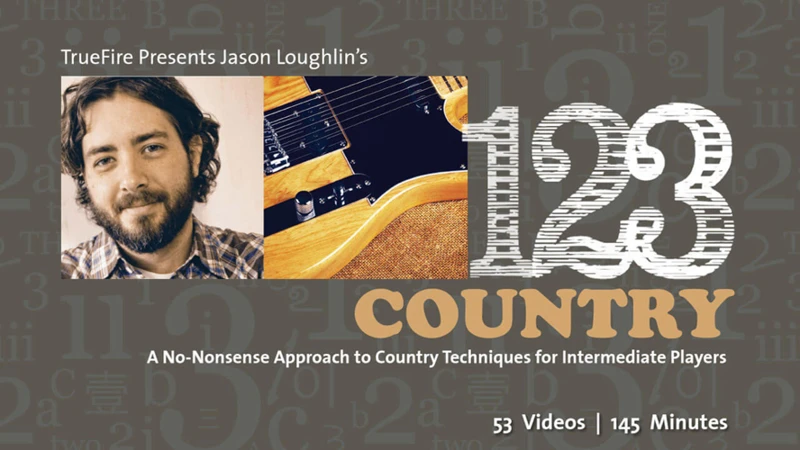Country music has a rich history and diverse subgenres that have evolved over time. Two popular styles within country music are “Sliding” and “Bending.” While both styles have their own unique characteristics, they each contribute to the overall sound and feel of country music. In this article, we will explore the differences between Sliding and Bending in country music, highlighting their origins, techniques, and impact on the genre.
Sliding in Country Music
Sliding is a technique commonly used in country music, especially within the realm of pedal steel guitar playing. The distinctive sound of sliding notes gives country music its signature twang and emotive quality. Sliding involves smoothly transitioning between different pitches by sliding the fingers along the strings or frets of the guitar.
One of the key instruments associated with sliding in country music is the pedal steel guitar. This instrument allows musicians to manipulate the pitch of notes using foot pedals and knee levers, creating smooth and seamless transitions between notes. The pedal steel guitar is often featured prominently in classic country songs, adding a touch of nostalgia and melancholy to the music.
In addition to the pedal steel guitar, sliding can also be performed on standard electric or acoustic guitars. Guitarists use techniques such as sliding up or down the fretboard, sliding between chords, or incorporating sliding double stops to add texture and expression to their playing. Sliding is not only a technical skill but also a way for musicians to convey emotion and storytelling through their music.
Origins of Sliding in Country Music
The roots of sliding in country music can be traced back to the early days of the genre, influenced by various musical traditions such as blues, folk, and Hawaiian music. The pedal steel guitar, with its unique sliding capabilities, became a defining instrument in country music during the mid-20th century.
Pioneering musicians like Speedy West, Bud Isaacs, and Buddy Emmons were instrumental in popularizing sliding techniques in country music, showcasing the expressive possibilities of the pedal steel guitar. Their innovative approach to sliding paved the way for future generations of country musicians to explore and expand upon this distinctive style.
Techniques of Sliding in Country Music
There are several techniques used in sliding within country music, each adding a different flavor and dynamic to the music. Some common sliding techniques include:
1. Slide Guitar: Playing the guitar with a slide (usually a metal or glass tube) on the fretboard to create smooth gliding sounds between notes.
2. Pedal Steel Guitar: Using foot pedals and knee levers to manipulate the pitch of notes on the pedal steel guitar, allowing for intricate sliding movements.
3. Dobro: A resonator guitar played horizontally and often using a metal bar to slide along the strings, producing a unique sliding sound.
4. Lap Steel Guitar: Similar to the pedal steel guitar but played horizontally on the player’s lap, allowing for sliding movements with the bar or fingers.
Each of these techniques contributes to the overall sound of sliding in country music, adding depth and emotion to the songs.
Bending in Country Music
Bending is another essential technique in country music that involves altering the pitch of a note by bending the string either up or down. Bending is commonly used in guitar playing, particularly in lead guitar parts, to add expressiveness and create a vocal-like quality in the music. The technique of bending allows guitarists to infuse their playing with emotion and personality, shaping the melody in unique ways.
In country music, bending is often used to mimic the sounds of pedal steel guitar slides or vocal embellishments. By bending notes, guitarists can achieve a smooth and fluid transition between pitches, adding a sense of longing or yearning to their playing. Bending is a versatile technique that can be applied to various styles within country music, from traditional country ballads to more contemporary country-rock songs.
Origins of Bending in Country Music
The origins of bending in country music can be traced back to the blues and rockabilly genres, where bending was used to create soulful and expressive guitar solos. Country guitarists like Chet Atkins and James Burton were early pioneers of bending techniques in country music, incorporating it into their playing to great effect.
As country music evolved, bending became a staple technique in the genre, influencing generations of guitarists and shaping the sound of country music. Bending adds a distinctive touch to country songs, allowing musicians to convey emotion and intensity through their playing.
Techniques of Bending in Country Music
Bending in country music can be executed in various ways, depending on the desired effect and style of the song. Some common bending techniques include:
1. Whole-Step Bend: Bending the string up two frets to achieve a whole-step increase in pitch.
2. Half-Step Bend: Bending the string up one fret to achieve a half-step increase in pitch.
3. Pre-Bend: Bending the string before picking the note, releasing the bend to sound the pitch.
4. Double-Stop Bend: Bending two strings simultaneously to create harmony or dissonance.
These bending techniques are essential tools for country guitarists, allowing them to add nuance and character to their playing while staying true to the emotive nature of country music.
Sliding Vs. Bending: A Comparison
While both sliding and bending are integral techniques in country music, they serve different purposes and create distinct effects in the music. Sliding is characterized by smooth transitions between notes, creating a seamless and gliding sound that evokes nostalgia and emotion. Bending, on the other hand, adds a dynamic and expressive quality to the music, allowing guitarists to infuse their playing with soulful bends and vocal-like phrasing.
In terms of sound, sliding tends to create a more ethereal and atmospheric quality in country music, while bending adds a raw and gritty edge to the sound. Both techniques have their own strengths and unique contributions to the genre, showcasing the versatility and creativity of country musicians.
Impact of Sliding and Bending on Country Music
The use of sliding and bending techniques has had a profound impact on the evolution of country music, shaping the way musicians approach their craft and interpret the genre. From classic country ballads to modern country-rock anthems, sliding and bending have become essential elements in the sonic landscape of country music.
By incorporating sliding and bending into their playing, country musicians can add depth, emotion, and personality to their music, creating a connection with their audience that transcends words. These techniques allow musicians to tell stories, convey feelings, and evoke memories through the power of music, making country music a timeless and enduring art form.
When it comes to mastering country music guitar techniques, understanding the differences between various styles is crucial. Curious about the differences between delay pedals, sliding vs regular guitar playing, hybrid vs flatpicking, string skipping vs alternate picking, or hybrid picking? Explore these articles for more insights on enhancing your country music skills!
Conclusion
In conclusion, sliding and bending are two fundamental techniques in country music that play a vital role in shaping the genre’s sound and style. While sliding offers a smooth and emotive quality to the music, bending adds a dynamic and expressive element that captures the essence of country storytelling. Together, sliding and bending create a rich tapestry of sounds and textures that define the unique charm and character of country music.
As country music continues to evolve and adapt to new influences, the traditions of sliding and bending remain essential pillars of the genre, carrying on a legacy of innovation and creativity. Whether in the twang of a pedal steel guitar or the soulful bends of a lead guitar solo, sliding and bending will always hold a special place in the heart of country music, reminding us of the power of music to move the soul and touch the heart.




